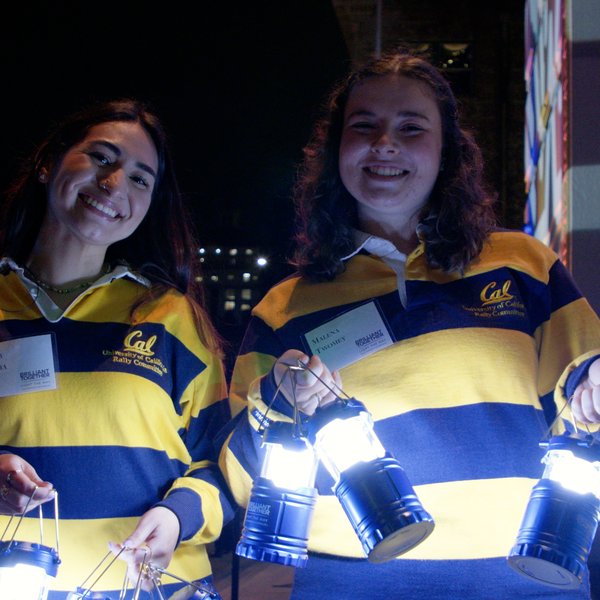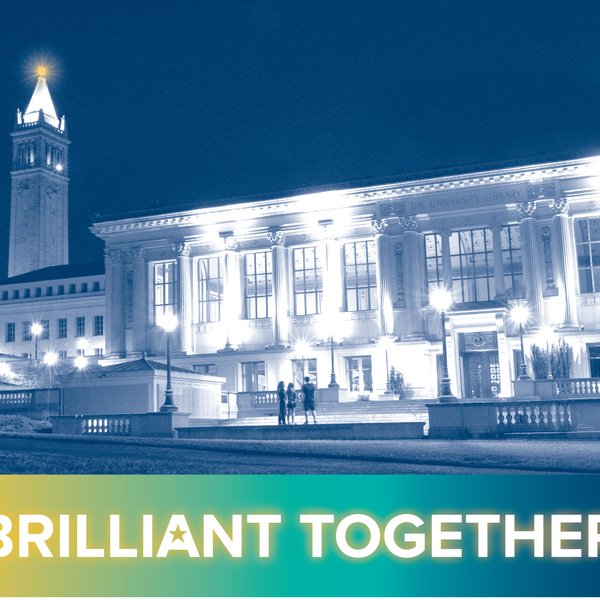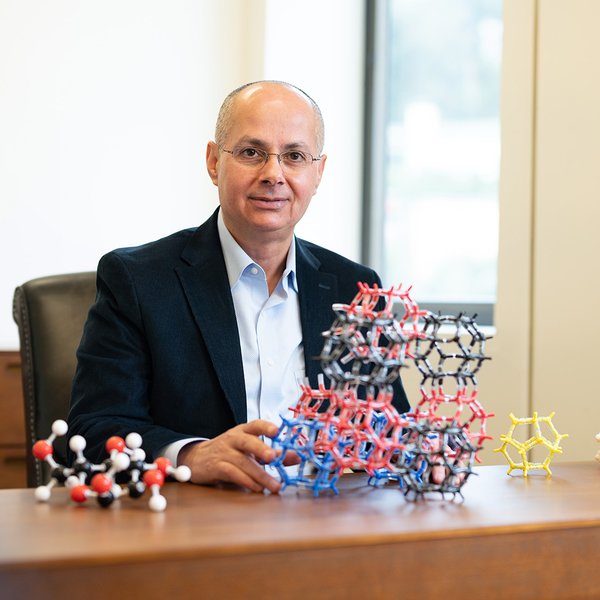From tech to textiles, the DIY maker ethos is everywhere these days. But people have always made things. The inaugural exhibit in the recently renovated gallery of the Phoebe A. Hearst Museum of Anthropology explores just a few objects from its massive collection — the largest of its kind in Western North America — through the lens of those who crafted them.
The exhibit, People Made These Things, examines the role of human agency in the development of items from Greek pottery dated approximately 525 BCE to assembly line-produced frozen lasagna. One-third of the exhibit was curated by community members and students.
Students learn more about the exhibit People Made These Things.
“In experiencing different aspects of museum work firsthand — including curating my own display — I feel better equipped to define and achieve my professional goals,” says Reagan Smith ’18, an anthropology student who contributed a case on sorority crafts.
“We are equipping both K-12 and UC Berkeley students with the tools of anthropologists,” says Adam Nilsen, the Hearst’s head of education and interpretation, “preparing them to observe and question the people and the material culture of the world.” The $2.1 million renovation was made possible by a matching grant from the National Endowment for the Humanities, for which the museum raised three private dollars for each federal one. It will allow the Hearst to expand its K-12 programming, We Are All Anthropologists, to more Bay Area schools.
“These times cry out for a new role for our museum as a force for public good,” says director Benjamin Porter. “In the days ahead, the Hearst Museum will explore humanity’s most enduring challenges through its exhibits and research programs.”




